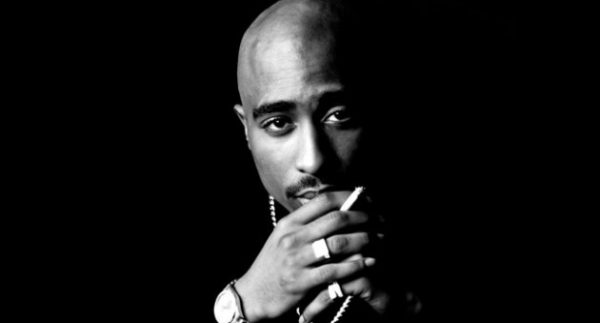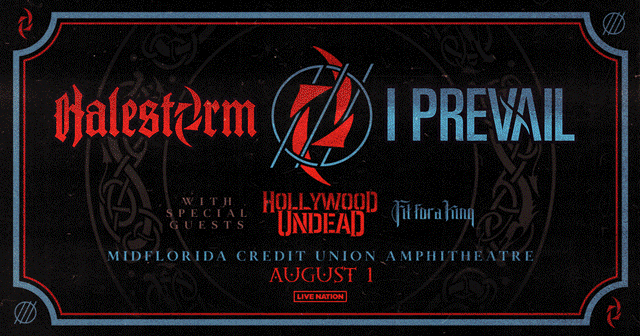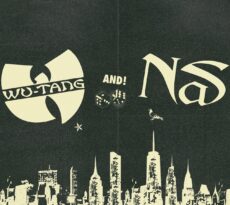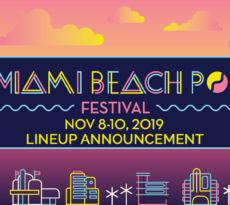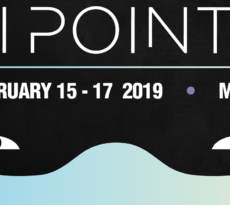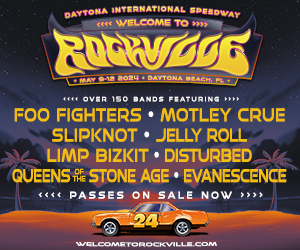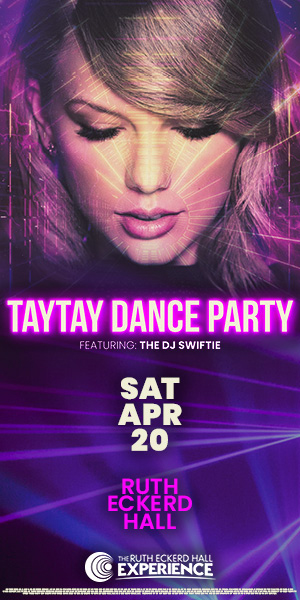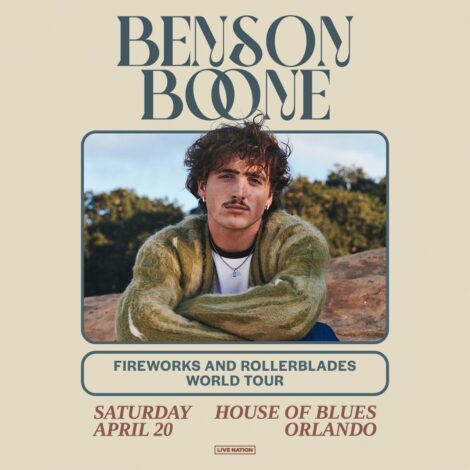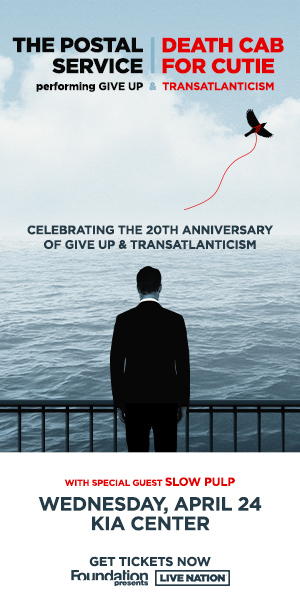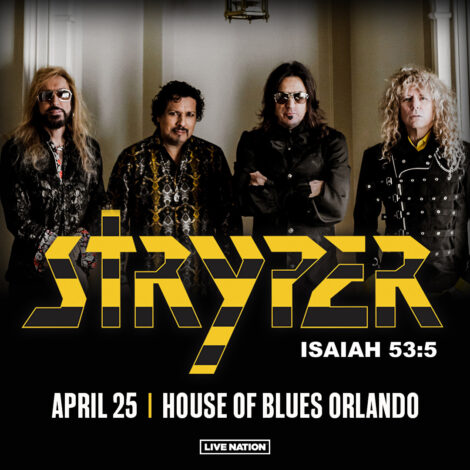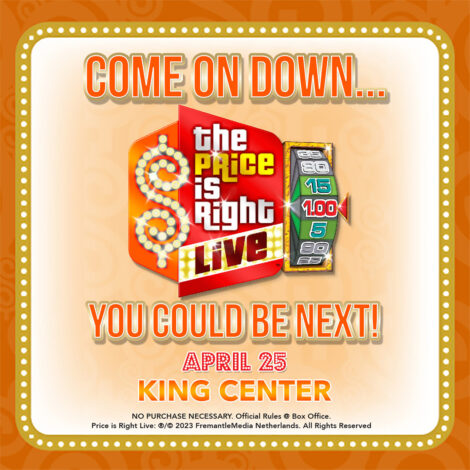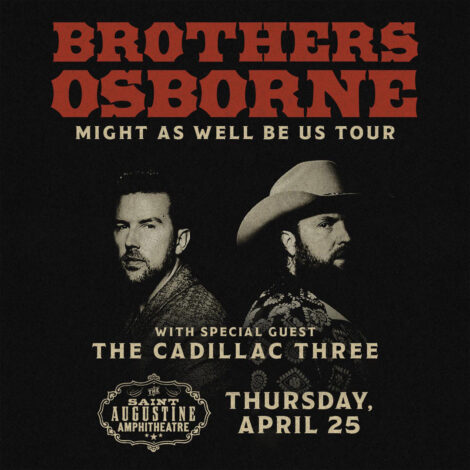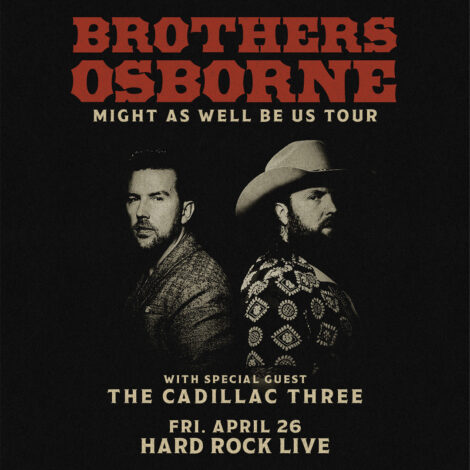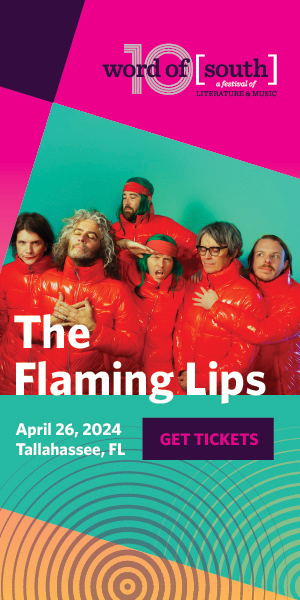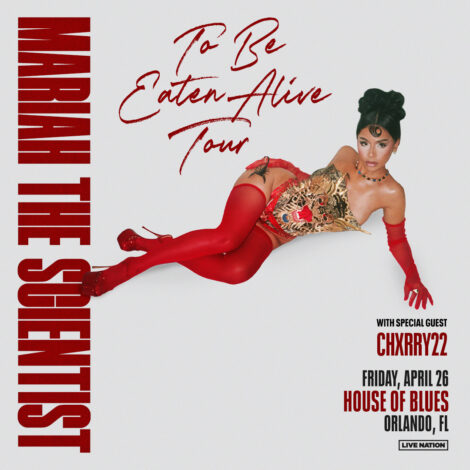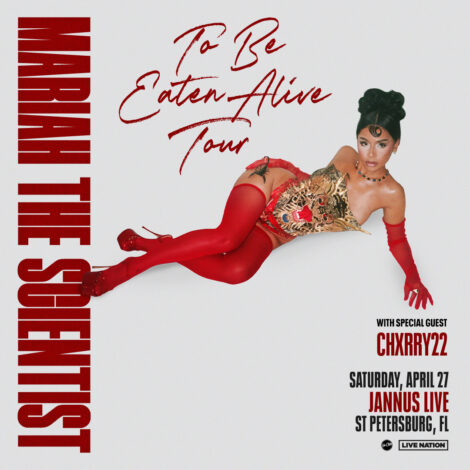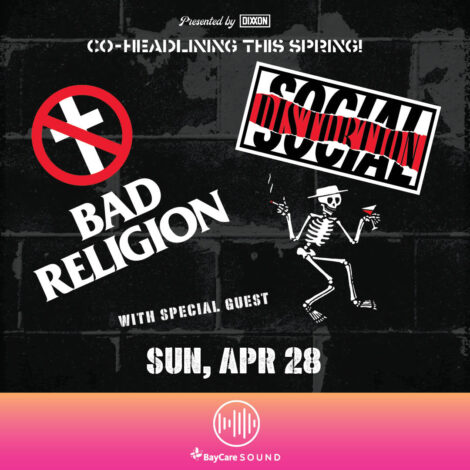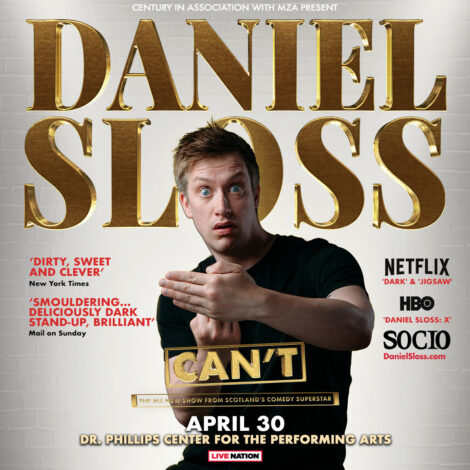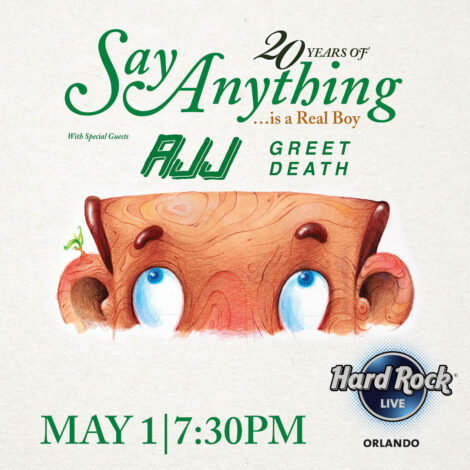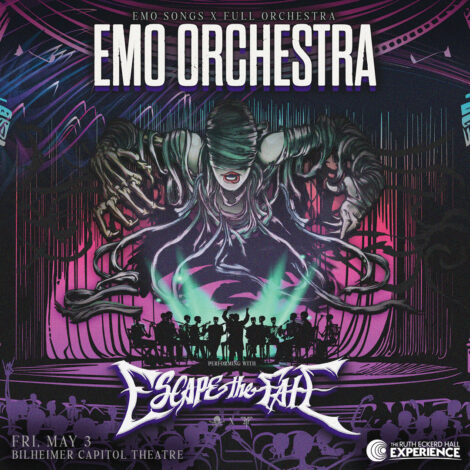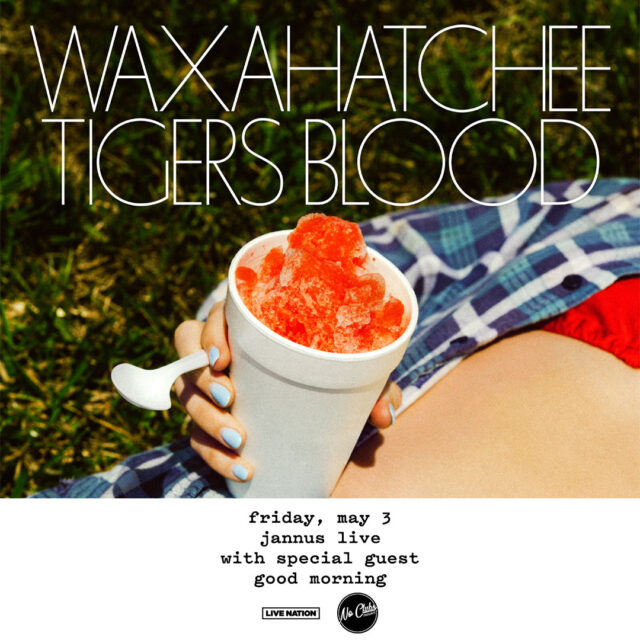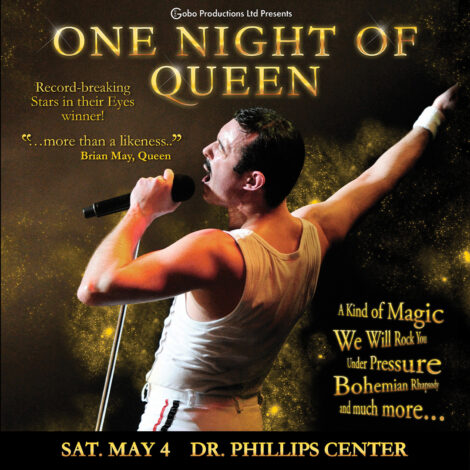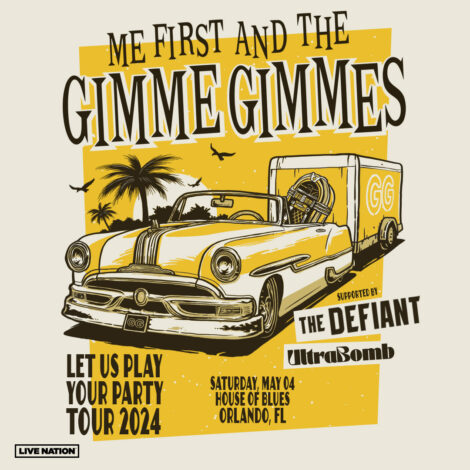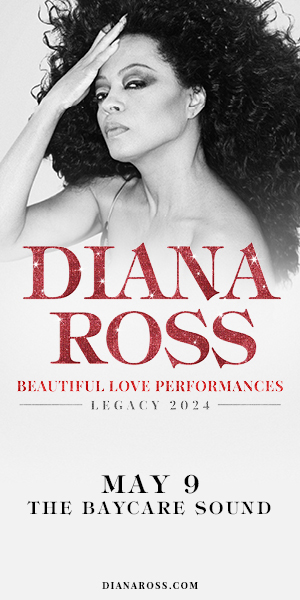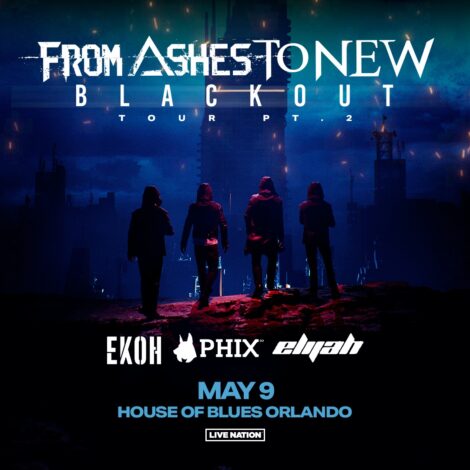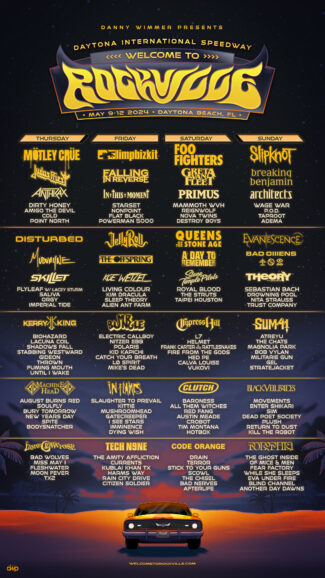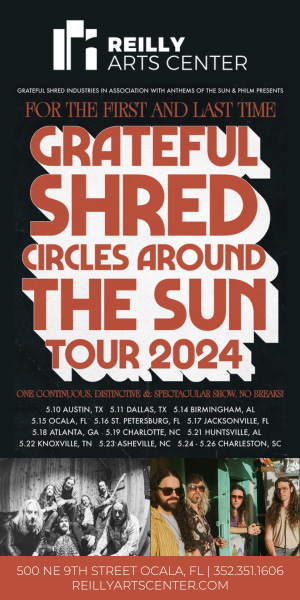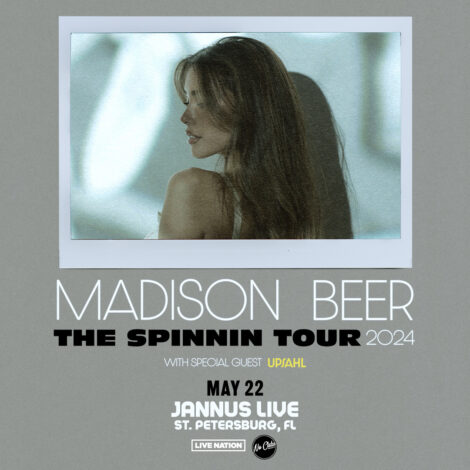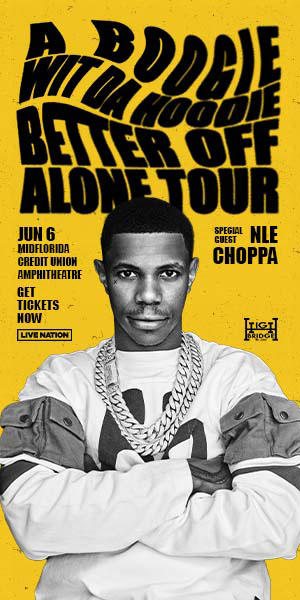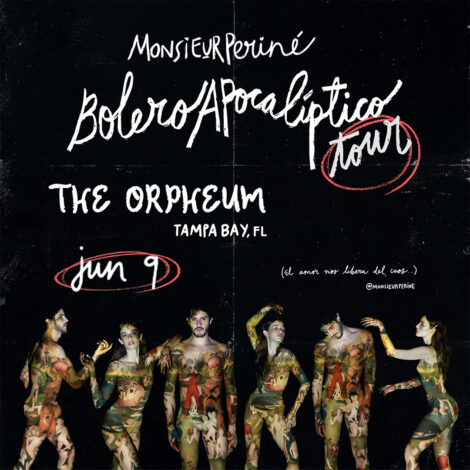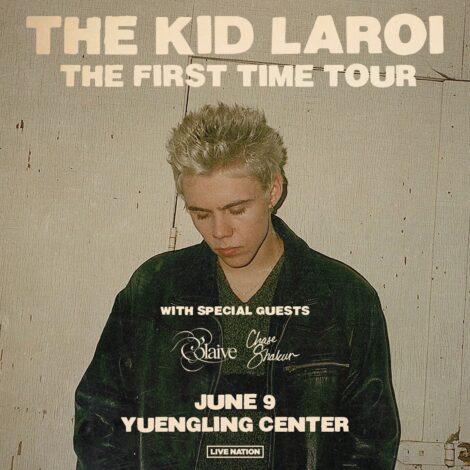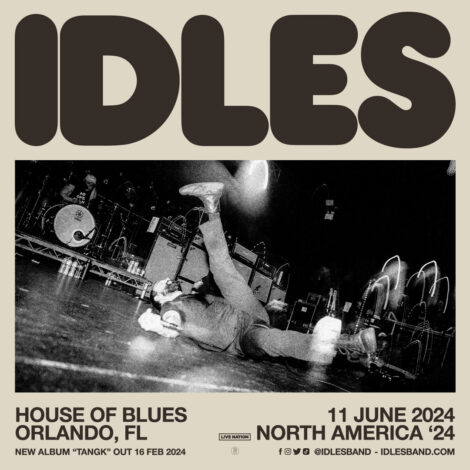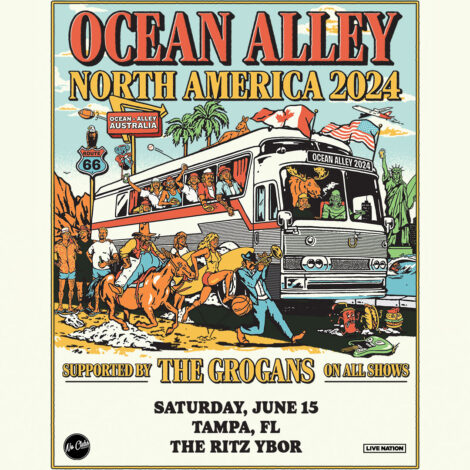1979: “Rapper’s Delight” by The Sugarhill Gang hits the airwaves. 1984: the founding of Def Jam Recordings. 1986: Run DMC’s Raising Hell becomes the first Hip Hop album to go platinum. 1988: the apex of the Golden era with album after album of classics from Public Enemy’s It Takes A Nation of Millions…, MC Lyte’s Lyte As A Rock, Ice-T’s Power, Slick Rick’s The Great Adventures of Slick Rick, N.W.A.’s Straight Outta Compton, and Boogie Down Productions’ By All Means Necessary. 1994: Illmatic, Southernplayalisticadillacmuzik, and Ready To Die all released in the span of a few months of each other. 1998: several undeniably vital albums in the forms of Aquemini, The Miseducation of Lauryn Hill, It’s Dark And Hell Is Hot, Mos Def And Talib Kweli Are Black Star, Hard Knock Life, Moment of Truth, and Capital Punishment. Hell, even 2004 gave us Kanye’s The College Dropout, T.I.’s Urban Legend, and Madvillain’s Madvillainy.
Ask any hip hop head, historian, or fan and they’ll tell you that pinpointing a single year as the most important in all of hip hop history is something like trying to engage in an educated, mature discussion on social issues with Tomi Lahren: completely pointless. But we continue to do it. Why? These types of discussions keep the passionate spirit of hip hop alive. More importantly, they create more dialogue, more questions, and more fandom. So we continue. We argue. We debate. We go all in. Hip hop is about more than just music. Behind all the hip hop beats and rhymes are stories and truth, which is why these discussions are so vital.
So is there a single most important year in hip hop’s 40+ year history? A year that marks the most significant turning point in the music, the culture, and the business of hip hop? A year that stands head and shoulders above others as the moment when hip hop simultaneously made artistic strides, became a viable commercial entity, and lost it’s innocence all at once? Damn right. And it was exactly 20 years ago: 1996. Need proof? Let’s look at some arguments and evidence.
1. 1996: the year that hip hop’s most important artists made their most important artistic statements.
From hip hop’s first double album with 2pac’s All Eyez On Me to arguably the most underappreciated sophomore album of all time with Nas’ It Was Written, ’96 was the breakout year for the hip hop album as a product and as art. Busta Rhymes started his ascent as one of the ’90s and early ’00s most original and unorthodox pop culture voices with The Coming. The Fugees made the world forget about the tepid reception to their debut, Blunted On Reality, with possibly greatest follow-up album of all time with The Score. And Outkast proved that their first outing was no fluke and that the South really did have something to say by releasing the more mature, more creative ATLiens.
A listing of some of the other albums released the same year gives more validity to ’96 being the year the hip hop album found its footing as a pop culture phenomenon: Ironman (Ghostface Killah), The Don Killuminati (Makaveli), Reasonable Doubt (Jay Z), Beats, Rhymes and Life (A Tribe Called Quest), The Ice Cream Man (Master P), Dr. Octagon (Kool Keith), Legal Drug Money (Lost Boyz), Stakes Is High (De La Soul), Ridin’ Dirty (UGK), Bad As I Wanna B (MC Lyte), Illadeph Halflife (The Roots), The Doggfather (Snoop Doggy Dogg), The Hall of Game (E-40), Ill Na Na (Foxy Brown), Hardcore (Lil Kim), Muddy Waters (Redman), Hell On Earth (Mobb Deep).
No doubt, the validity of the long-form hip hop album had already been solidified by titles like It Takes A Nation Of Millions…, Straight Outta Compton, The Chronic, Ready To Die, and Illmatic. But the wellspring of powerful, impactful art didn’t reach its apex until ’96.
2. 1996 was the first time hip hop was fully embraced by the mainstream across media outlets.
On January 3, 1996, the 104th Congress passed the first major overhaul of U.S. telecommunications law in sixty years. The objective? To open up markets to greater competition and get rid of regulatory barriers. It was one of the next moves allowing larger media companies to start buying up smaller ones, and it impacted any kind of media you can think of from television to film, and yes, radio. Hip hop radio to a certain extent still had an independent, D.I.Y. spirit but would soon change which had some good and bad to it. It became more corporate, but also exposed more people to more voices throughout the country. We’ll get into that a little later.
But it wasn’t merely radio that was given a jolt by hip hop. Television, print journalism with The Source and Vibe, advertising and movies also got infected. Look at some of the most popular sitcoms and dramas from 1996 and many of them had some of hip hop’s genes in them, from The Fresh Prince of Bel Air and A Different World on NBC to Martin, Living Single and New York Undercover on FOX.
And who can forget how Independence Day took Will Smith from happy rap star to TV star to bona fide movie star? Or Cuba Gooding, Jr. portraying the prototype of a hip-hop-influenced, business savvy mega-athlete in Jerry Maguire? Or a young and unknown Dave Chappelle making an appearance in Eddie Murphy’s The Nutty Professor? Or the Wayans Brothers successful satire of hood movies with Don’t Be A Menace? Yes, the music made major strides, but more powerful media outlets widened hip hop’s reach in ‘96.
3. 1996 was when regional boundaries fell, and everybody started listening to hip hop from all over the map.
The seeds had been sewn already by the likes of Souls of Mischief coming out of Northern California with “93 Til Infinity,” and later with Outkast as they brought the sound of Atlanta to the mainstream with “Players Ball.” But it wasn’t truly until 1996 that we saw an influx of voices and stories that crashed the party and made us pay attention to areas besides L.A. and New York.
Popular songs and albums came from nearly all parts of the country and made their way onto radio, from Chicago (Twista and Do or Die), Cleveland (Bone Thugs-N-Harmony), New Jersey (Redman), Atlanta (Outkast), The Bay Area (E-40), and Philly (The Roots). Before, if you lived in a certain part of the country, you were primarily exposed to that parts’ regional music. But no more, as this instance was another result of the Telecommunications Act of 1996. Regional boundaries were no more and the future was at hand.
4. Several current day popular artists are connected to an artist, album or moment from 1996.
On his 2015 album To Pimp A Butterfly, Kendrick Lamar created a fictional conversation between himself and 2Pac. Not many other artists would have the cojones to do such a thing. Then again, few artists are as willing to pay homage to the past like Lamar does. And then there’s J. Cole. There’s no confusion about the influence artists like A Tribe Called Quest, Nas, Biggie, Jay Z, and 2Pac have had on him, as evidenced by his 2013 track “Let Nas Down.”
Future, probably the hottest rapper in the game as we speak, has a long history and affiliation with Outkast, Killer Mike, and the entire Dungeon Family. And Joey Bad$$ has demonstrated time and again how much he is influenced by New York’s classic East coast boom bap sound from artists like Wu Tang Clan, Biggie, Boot Camp Click, and Mobb Deep on his mixtapes and albums, like his 2015 debut B4Da$$. All in all, any art form will naturally directly or indirectly pay homage to anything that came before it. But the level of influence that 1996’s artists, albums and moments had on hip hop music 20 years later is much greater and wide-ranging than we tend to give it credit for.
5. The shooting of 2Pac in Las Vegas on September 7, 1996.
One of the saddest elements of hip hop’s growth has been the reality of death. There has been a slew of deaths throughout the existence of hip hop that made us take a step back and question our own mortality: Scott La Rock, Eazy-E, Big Pun, J Dilla, and more. But the loss of Tupac Amaru Shakur in 1996 was the nail in the coffin for hip hop’s age of innocence, as unifying as it was painful. No other artist was as brash, controversial, honest, and conflicted. ‘Pac’s actions, good and bad, made us believe that he would live forever. Similarly to what Jim Morrison, Jimi Hendrix, Janis Joplin, and Kurt Cobain did for rock and what Bob Marley did for reggae. And just as their untimely deaths elevated their iconic cult status and their genre, 2Pac’s death did his own status and for hip hop at the end of 1996.
In the end, if this article has done its job, hip hop fans from any and everywhere will spark new debates. It’s merely an argument, and any argument opposing it is more than welcomed. Still, if anyone is looking for a standout year where hip hop was both so impacted and impactful, they would be hard pressed to find one that can stand toe to toe with 1996.
Why 1996 is the most Important Year in Hip Hop History by Ron Grant, edited by Matthew Weller.
Thanks to our Sponsors, Kingfish Records in Clearwater, FL! Check out our South Florida SIGT Website!
▼ SHOWS TO GO TO ▼
Please support our friends who support us! Tell them Shows I Go To sends love! 🙂
- The Commission Beer Chamber
- Kingfish Records (Clearwater)
- Nora's Sugar Shack!
- Park Ave CDs
- Montgomery Drive Presents
- RT-Art Printing
- The Mary Jane 'High-Quality' Art Gallery
- The Owl's Attic Vintage Shop
- Broken Strings Brewery
- American Combat Club
- Lazy Moon Pizza
- Ten10 Brewing
- Leguminati
- Mutiny Ocala
- The Tipsy Skipper
- Conrad's Beer Shanty
- AKT Shirt Printing
- Smartpunk Records & Shop
- No Clubs Presents
- DaddyKool Records
- Galactic G Skateshop


